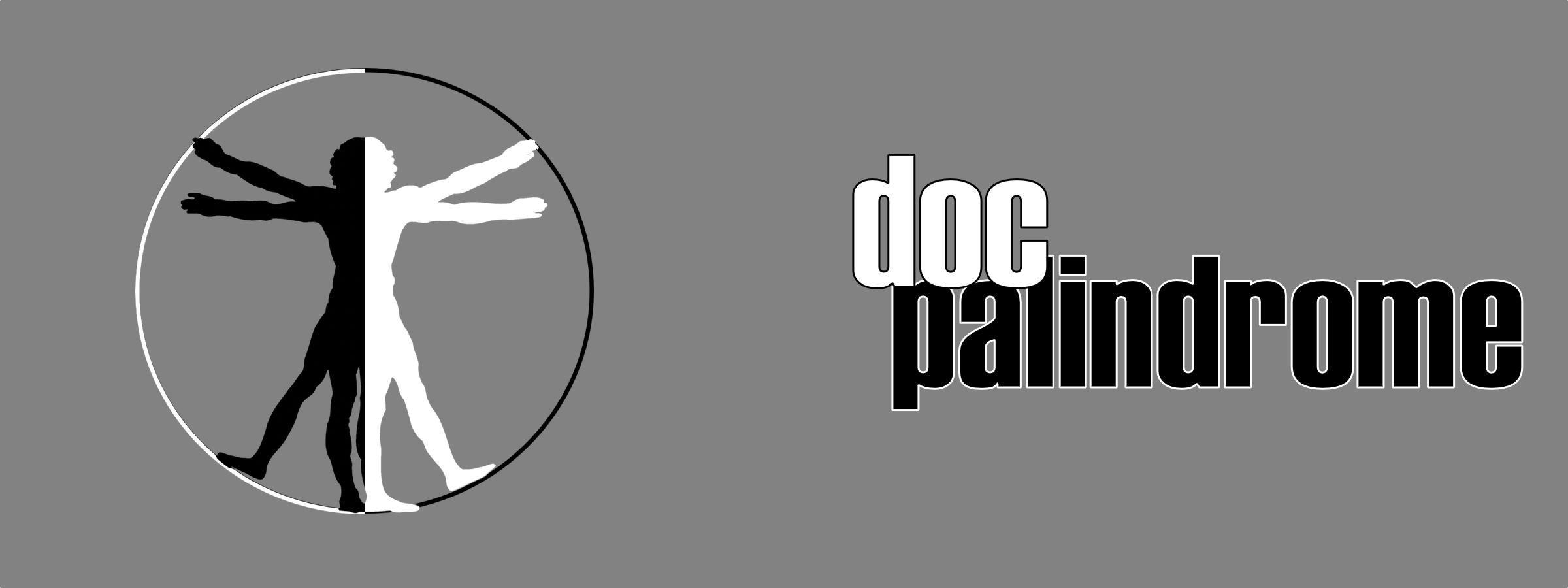I first began using image-editing software in 1985. Sure, it was basic MacDraw, but it was pretty spectacular, at the time. I’ve never really developed the ‘artistic eye,’ but I’ve long wanted to offer my contribution to various artforms, in some way, shape, or form. Although MacDraw was very basic, it was still some of the earliest vector-based software that was available to the general public.
As a youth, I would spend as much time as I could developing my skills on MacDraw, knowing that it would be of value, someday. In fact, there was a period of time where I considered going into graphic design because I knew that I could work with a computer with greater ease than I could with rulers and pencils and paper. Alas, at the time, there were few affordable collage options for computer-based graphic design. Perhaps some of these schools believed that personal computers were a trend.
When I got my greedy hands on my first worthwhile computer, I dropped the bones to get Adobe Photoshop 5.5. It was a pretty big jump up from MacDraw, but pretty soon I was repairing old photographs, creating logos, and doing some basic imaging. I upgraded to 6 and later to 7 for a fraction of what I paid for the original software.
This was about the time that the term ‘photoshop’ was becoming a verb. People had begun to refer to any computer-aided image manipulation by the name of a piece of somewhat-pricy software. It’s something that’s a little unprecedented, really, that software utilized by a minority of the population could become part of the common vernacular as an action verb.
That kind of thing could go to a company’s head.
I had also purchased Illustrator, PageMaker, and Acrobat, from Adobe, as well as Dreamweaver and xRes, for web design, which were both made by Macromedia.
When Adobe Creative Suite was coming out, I was excited to see all of these tools plugged in together. It has been costly purchasing all that software and my consideration was that it must be less to purchase a package with all of it.
It wasn’t.
I managed to contact Adobe directly and explain that I was using all the software they had and request some kind of upgrade deal, as I had done with Photoshop 6 and 7. This was denied (although, I have heard that this policy was either altered, or my recall of events is not as exact as I would hope). I was looking at paying $2 grand for software I had been using for years! I had a desire to run it on my computer, but I was not in a financial position to lay down that kind of cash for products that I did not see as having vastly improved upon the original; especially for my limited purposes!
Now, it’s possible that there are hardcore design people who yelling obscenities at me through their computer screens, right now. The general point of view from the creative community is that Adobe’s products are superior to everything and anything else you may encounter.
However, I must make it clear that, at this point, I wasn’t utilizing all the features Photoshop had to offer. I used it, sure, but I learned the tricks to make my projects as simple as possible while they looked incredibly complex.
But more than that, I was pissed.
Dreamweaver had become a critical tool to what I was doing with my consulting. Photoshop was number two on that list. Because I was using it commercially, it was priced out of what I could afford and, if I had made the leap and picked it up, I would have been forced to increase what I was charging my clients. These were folks that weren’t able to afford the ‘professional’ pricing, at the time, and I was giving them an opportunity to have a web presence beyond a basic text Geocities page.
I sought out other tools, but none were quite as capable as the ones I had been utilizing. I made due with whatever free software I could get my hands on, but I eventually gave up my consulting altogether, passing what business I could onto more established, more expensive, consulting organizations.
Then came Pixelmator.
I would try out any piece of graphic design software I could use on a trial basis, and Pixelmator was no exception. As soon as I opened it up, it felt familiar (this is a similar feeling I have had with any Apple-based system and software made using the same philosophy). I was able to develop graphic in much the same way as I had with Photoshop and was even able to follow the online Photoshop tutorials to create some really cool stuff!
However, the best part came when I became aware that the Pixelmator Team had begun to put tutorials on pixelmator.com! For years, I had sought out tutorial videos from every corner of the Internet in the hopes of using unique techniques to stand out and here was the very same resource on the website of those that developed the software!
I purchased it for $79.95 and have never looked back. It was soon offered to Apple Employees for free, which enabled me to upgrade for free (the price had dropped to $59.95) and I sent some feedback to the Pixelmator Team which they very much appreciated.
The software has continued to develop and grow, being the first piece of graphical software I ever used which allowed you to edit using alpha selection tools to remove, change, or adjust large pieces of background color without the need to have a surgeon’s touch. When the Mac App Store arrived, Pixelmator was one of the first apps that was available (now for the super-low price of $29.99). It was even chosen as ‘App of the Year’ for the Mac App Store, in 2011!
Pixelmator was adapted into iCloud usage around the same time as it became available for the iWork suite and, in 2014, Pixelmator was released for the iPad, using that iCloud connectivity to enable you to work on your projects on both your computer and your tablet without the need to push or transfer content. Seamless, multi-platform editing done for a grand total of about $35 bucks!
Also, ‘iPad App of the Year!’
Pixelmator hits all my key points on consuming, especially quality and value. My demand of high quality has continually been met and exceeded by the Pixelmator Team and my desire to feel as though my purchase has value has been continuously topped! The software’s integration has been second-to-none. I recommend it for anyone interested in doing even the most basic graphic design. If you’re new to it, the online tutorials can take you through the most basic levels of design and if you’re on a somewhat more professional level, you will find the elegance of Pixelmator to be appealing.
If you’re a master of CS and you know it like the back of your hand, Pixelmator will seem somewhat elementary, which makes sense because it only costs 10% of the nearest competitor. It does not have every tool that PS does and should not be expected to be a replacement in absolutely every situation.
But, does it compare to Adobe Photoshop?
Let’s take note of a couple of facts:
About a year after Pixelmator introduced easily-accessible tutorials on their website, Adobe followed suit.
About a year after Pixelmator was able to use iCloud to back up images, Adobe released ‘Creative Cloud,’ a subscription service that enables users access to every Adobe tool and has completely replaced the former software model.
(Okay, maybe I’m just still bitter about the Dreamweaver thing, but I really liked that software!)
On May 28th, 2015, the Pixelmator Team released Pixelmator for the iPhone. At $5 bones, it’s a little pricier than most apps for iPhone, but it blows every other piece of mobile editing software, that I’ve seen, out of the water (plus, if you have it for iPhone, you can get the iPad version and vice versa)!
This team of developers has come a long way and done something that was considered, by many, to be impossible. They have taken on the monopoly controlled by a single company and embraced a consumer niche that had been completely ignored by Adobe.
Looking for examples of Pixelmator is use?
Every edited image on this site is one done on Pixelmator, by me.
Careful observers may notice a reoccurring aesthetic in all of this, as well.
Black, white, and gray.
Just like on MacDraw in 1985.
Go make something, damn it!

